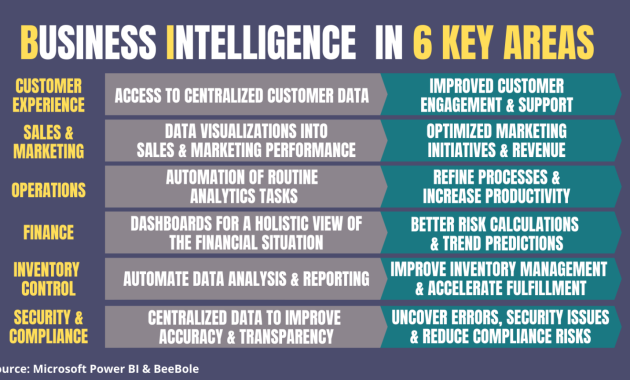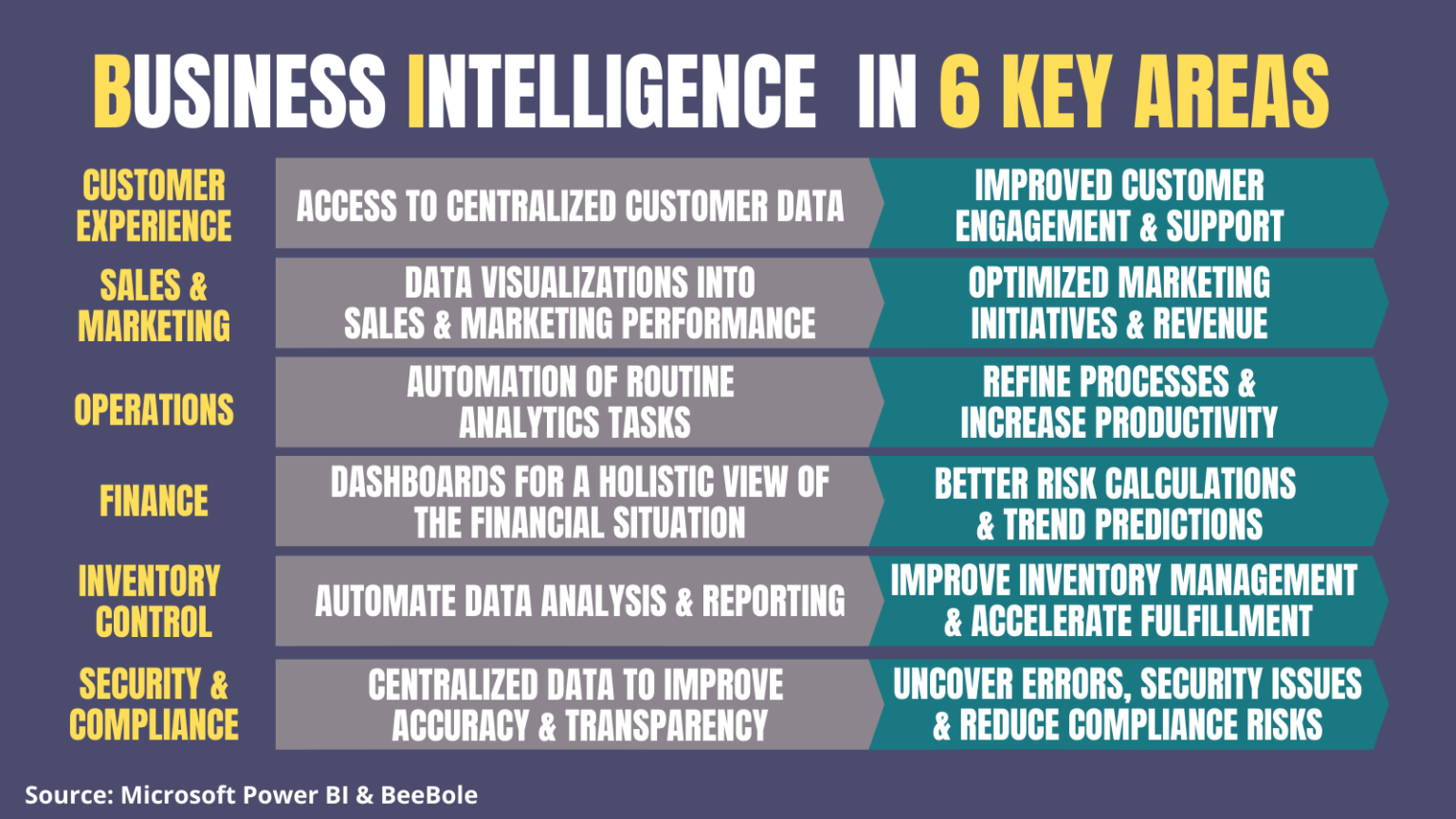
A Beginner’s Guide to Business Intelligence Software That Saves Time
In today’s fast-paced business environment, data is king. Companies generate vast amounts of information daily. Turning this raw data into actionable insights is crucial for success. This is where business intelligence (BI) software comes into play. For beginners, navigating the world of BI can seem daunting. This guide provides a comprehensive overview of business intelligence software. It will help you understand its benefits and how it can save valuable time.
What is Business Intelligence Software?
Business intelligence software is a technology-driven process. It collects, analyzes, and presents business data. The goal is to provide insights that inform strategic and tactical decisions. This software often includes features like data visualization, reporting, and data mining. It transforms raw data into understandable formats. These formats could be charts, graphs, and dashboards.
Key Features of Business Intelligence Software
BI software offers a range of features. These features contribute to its effectiveness. Understanding these features is key for beginners. It allows you to select the right tool for your needs. Here are some of the most important features.
- Data Integration: The ability to connect to various data sources. These sources can be databases, spreadsheets, and cloud services.
- Data Warehousing: Storing and organizing data in a central repository. This allows for easier analysis.
- Data Analysis: Tools for analyzing data. These tools identify trends, patterns, and anomalies.
- Reporting: Generating reports to track performance. These reports can be customized and automated.
- Data Visualization: Creating charts and graphs. These visualizations help in understanding data.
- Dashboards: Interactive dashboards. These dashboards display key performance indicators (KPIs).
- Data Mining: Discovering patterns and insights. This is done through advanced analytical techniques.
Benefits of Using Business Intelligence Software
Implementing BI software offers several advantages. These benefits can significantly impact a business. They can improve efficiency and profitability. Let’s explore some of the key advantages.
- Improved Decision-Making: BI provides data-driven insights. This leads to better-informed decisions.
- Increased Efficiency: Automation streamlines data analysis and reporting. This saves time and resources.
- Enhanced Data Accuracy: Centralized data management reduces errors. This improves data quality.
- Better Forecasting: Predictive analytics helps anticipate future trends. This supports strategic planning.
- Competitive Advantage: Understanding market trends gives a competitive edge. This allows for proactive strategies.
- Cost Reduction: Identifying inefficiencies helps reduce operational costs. This boosts profitability.
How Business Intelligence Software Saves Time
One of the most significant benefits of BI software is time savings. Traditional data analysis methods can be time-consuming. They involve manual data collection and analysis. BI software automates many of these processes. This frees up valuable time. Here’s how it does it:
- Automated Reporting: Automatically generate reports on a schedule. This eliminates the need for manual reporting.
- Real-time Data Access: Access up-to-date data instantly. This enables quick decision-making.
- Data Visualization: Quickly identify trends and patterns. This reduces the time spent on data interpretation.
- Self-Service Analytics: Empower employees to analyze data themselves. This reduces reliance on IT departments.
- Predictive Analysis: Forecast future trends. This allows for proactive planning.
Choosing the Right Business Intelligence Software
Selecting the right BI software is critical for success. The best choice depends on your specific needs. Consider these factors when choosing your software.
- Data Sources: Ensure the software integrates with your existing data sources.
- Scalability: Choose a solution that can grow with your business.
- Ease of Use: Select a user-friendly interface. This will ensure faster adoption.
- Features: Prioritize the features that align with your business goals.
- Cost: Consider the total cost of ownership. This includes software, training, and support.
- Support and Training: Ensure adequate support and training are available. This will help you get the most out of the software.
Examples of Business Intelligence Software
Several BI software options are available in the market. Each offers different features and capabilities. Here are some popular examples.
- Tableau: Known for its powerful data visualization capabilities.
- Power BI: A Microsoft product. It integrates well with other Microsoft tools.
- Qlik Sense: Offers data discovery and self-service analytics.
- Looker: Focuses on data modeling and collaboration.
- Sisense: Provides a complete BI platform. It offers data integration, analysis, and reporting.
Implementing Business Intelligence Software
Implementing BI software requires careful planning. This process involves several steps. These steps ensure a successful implementation.
- Define Your Goals: Determine what you want to achieve with BI.
- Assess Your Data: Evaluate your current data sources.
- Choose the Right Software: Select the BI software that meets your needs.
- Implement the Software: Install and configure the software.
- Train Your Team: Provide training to ensure proper usage.
- Monitor and Evaluate: Track your progress and make adjustments.
Best Practices for Using Business Intelligence Software
Maximizing the value of BI software requires following best practices. These practices ensure efficient and effective use of the software.
- Focus on Key Metrics: Prioritize the metrics that matter most to your business.
- Automate Data Updates: Automate data refresh to ensure real-time insights.
- Create Interactive Dashboards: Design dashboards that are easy to understand.
- Train Your Team: Regularly train your team. This ensures they stay up-to-date.
- Maintain Data Quality: Regularly audit your data. This ensures accuracy.
- Stay Updated: Keep abreast of the latest BI trends and features.
The Future of Business Intelligence Software
The BI landscape is constantly evolving. Emerging trends are shaping the future of BI. These trends will further enhance the capabilities of BI software. Here are some trends to watch.
- Artificial Intelligence (AI): AI and machine learning are becoming integrated. This is for advanced analytics and automation.
- Cloud-Based BI: Cloud-based solutions offer scalability and accessibility.
- Self-Service BI: Empowering users with self-service tools. This is for greater data accessibility.
- Data Governance: Increased focus on data quality and security.
- Mobile BI: Accessing insights on mobile devices is becoming more common.
Conclusion: Business Intelligence Software Saves Time
Business intelligence software is essential for modern businesses. It transforms raw data into actionable insights. This leads to better decision-making and improved efficiency. For beginners, understanding the basics is crucial. This guide has provided a starting point. It explores the key features and benefits of BI software. Implementing BI software will save valuable time. It will drive business success. By following the best practices, businesses can maximize the value. They can achieve their goals. Embrace the power of data. Take control of your business future. [See also: Choosing the Right BI Software for Your Business]

